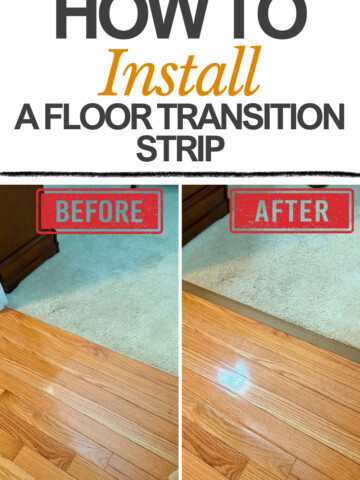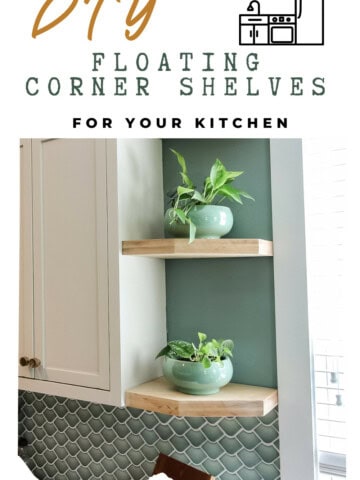If you're hanging something on the wall and need to find a stud but don't have a stud finder, here's our tips for how to do it!
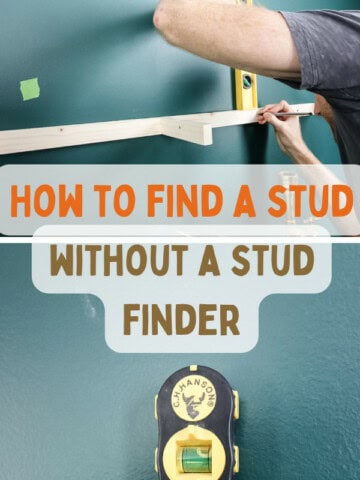
Have you ever been trying to hang something and couldn't find the stud? If you're trying to hang something heavy, it's crucial to hang it in a stud for the best support.
But what if you don't have a stud finder OR your stud finder isn't working properly?
We were recently working on hanging floating shelves in our guest bedroom and ran into the most frustrating - and time wasting problem.
Our stud finder was telling us there were studs - but when we drilled in, there most certainly was nothing behind the drywall.
These shelves are pretty heavy and meant to hold fairly heavy stuff, so we really wanted them in studs and not just anchors.
It took a while, but we finally figured out a good way to find the studs - even if the stud finder wasn't helping.
Why does a stud finder give false positives?
We use a magnetic stud finder. A magnetic stud finder false positive means that it is sensing metal - it's just not a stud.
Let me back up. A magnetic stud finder works by attaching through the drywall to the metal drywall screws that should be holding the drywall to the wall studs. Screw = stud.
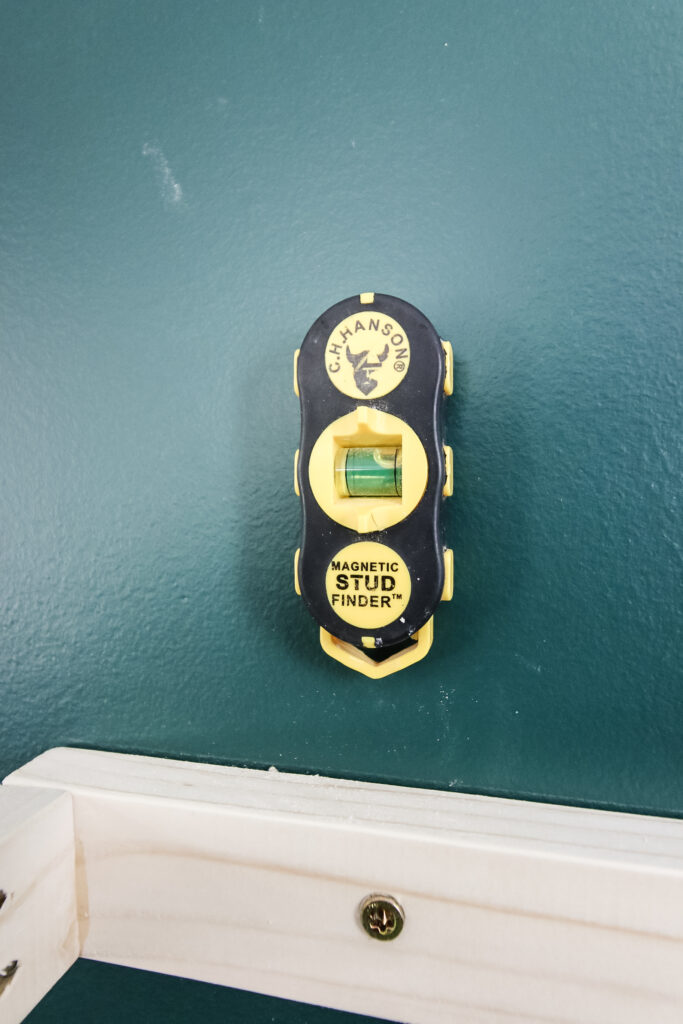
You will get a false positive if your magnetic stud finder detects other metal that is NOT connected to a stud.
For this reason, try to move your finder vertically up and find multiple screws in a column. This is most likely to indicated screws screwed in a row into a vertical stud.
In our specific experience, it seems that the drywall hangers in our home missed the studs pretty frequently with their screws. So, a screw does not always mean a stud. It's probably near-ish a stud, but not necessarily on it. Par for the course with our builder!
Do I need a stud finder?
Most stud finders are garbage. We have had the best luck with a magnetic stud finder - it really does work well in most scenarios. They are cheap and a good buy for a homeowner.
But if you are just hanging one thing and not into home improvement whatsoever, you can still find studs without one.
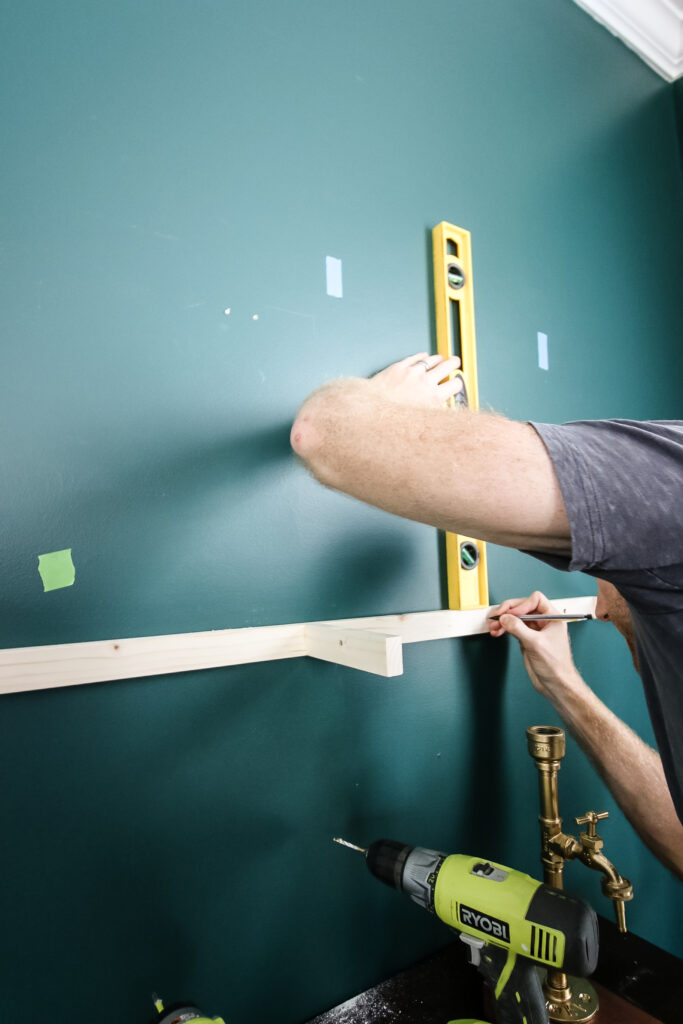
How to find a stud without a stud finder
Whether you don't have a stud finder or yours is just not working, here are some ways to find studs manually.
Start with an outlet
Most electrical outlets, light switches, and electrical boxes are screwed into a stud. If possible, take the face plate off the outlet and look inside. You might can tell which side it is screwed into the stud.
From there, measure to either side to see where studs should be. Standard stud spacing is 16 inches wide. It might be wider in an older home, but if you can determine the spacing for one, they will be the same all the way across the wall.
This is the method we used when we hung our simple DIY floating shelves!
Grab any old magnet
No magnetic stud finder, no problem. If you have any strong magnet, you can run it along the walls and try to find a drywall screw.
Remember to move it vertically to find a few screws stacked and attached to the same stud.
Measure from the corner
Studs are usually placed every 16 inches. So, start in a corner and measure 16 inches out. Once you find one, measure every 16 inches to find others!
Knock on the wall
This one sounds a bit woo woo but is how a lot of pros locate studs. Knock on the wall with your knuckles. It should sound hollow. Move a few inches to the side and repeat until you hear the thud of a stud.
It can take a bit of practice to hear the difference between the hollow sound and the stud, but once you figure it out, it's super easy. Test the method on a spot you know where a stud is so you know what to listen for.
Look for nail pops
A lot of walls have little round circles in the drywall called nail pops. This is where the drywall nail is popping out a bit. This is a good hint that there is a stud behind it (assuming your drywall hangers had better aim than ours of course).
Look at the nails in the molding
Base molding and crown molding are usually nailed into studs. Not every nail will be in a stud - but they should have tried to hit them into studs occasionally. A nail in molding that aligns with where you think a stud is is a good sign.
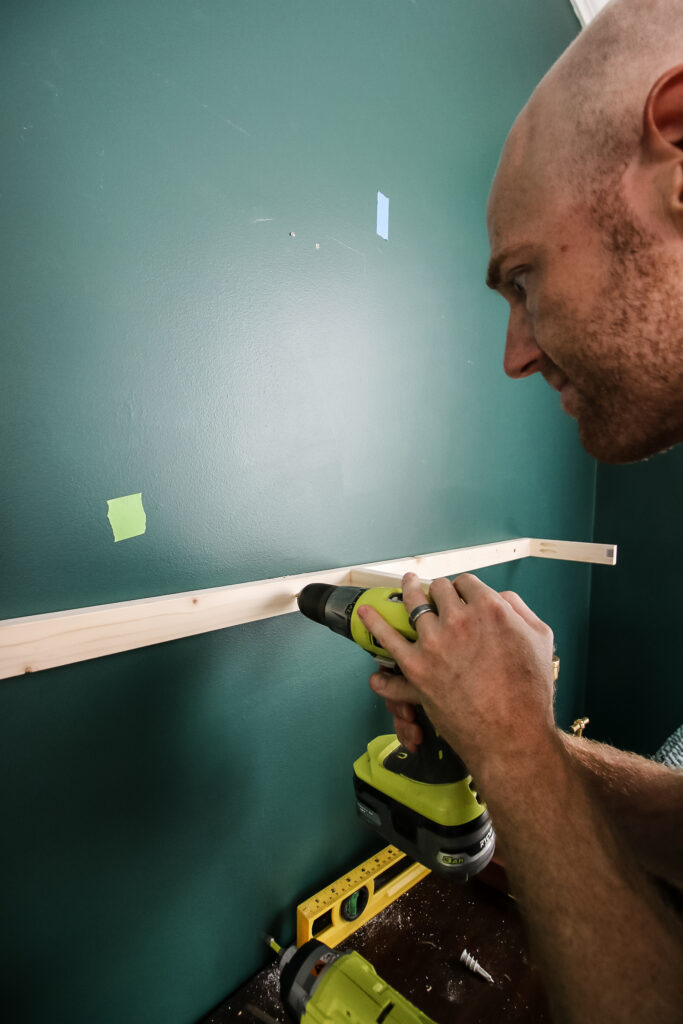
Check with a finish nail
If you aren't worried about small holes in the wall, make them. Grab the smallest, but longest, nail you have and nail it in where you think you have a stud. You will feel it hit wood if you are right.
Once you find one, measure 16 inches to either side and you should find another stud!
Any more questions about how to find wall studs without a stud finder?
Looking for something?
We've been doing this since 2012 so we have a LOT of blog posts!
Search stuff like: Ceiling Projects | DIY Plant Stands | Thrift Flips


Hello, I'm Morgan, half of the creative force behind CharlestonCrafted.com! With a passion for DIY that dates back to 2012, I've transformed three homes and now I'm dedicated to helping others craft their dream spaces. Let's turn your house into a home together!



